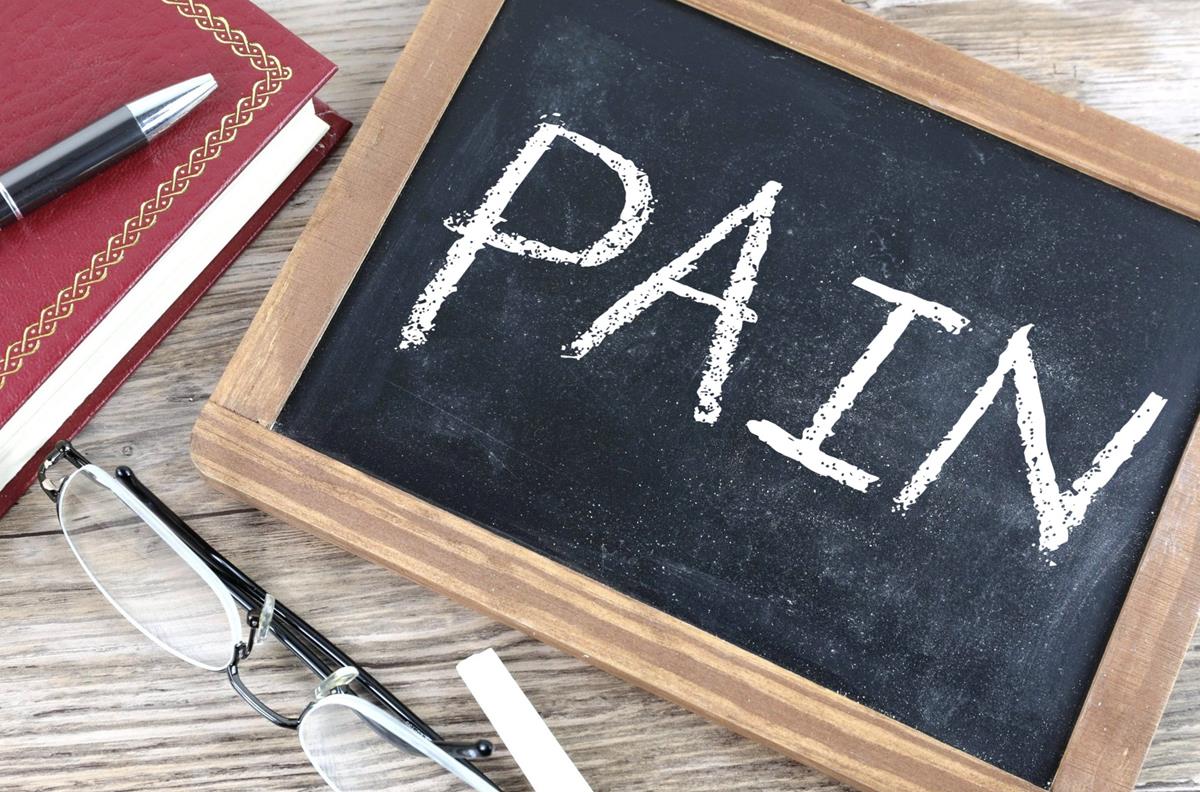Pain is an inevitable part of life. Whether it’s physical or emotional, we all experience it at some point. But what if we told you that there’s a way to train your mind to overcome the sensation of pain? That’s right, meditation techniques can help you achieve relief from pain. By focusing your mind and controlling your breathing, you can learn to manage pain in a way that doesn’t involve medication or invasive procedures. In this article, we’ll explore the power of mindfulness and meditation in managing pain, and provide you with some techniques to try out for yourself. So sit back, relax, and let’s explore the world of mind over pain.
1. “Harnessing the Power of the Mind: How Meditation Can Help Alleviate Pain”
Meditation has been practiced for centuries as a way to calm the mind and reduce stress. But did you know that it can also help alleviate pain? Research has shown that regular meditation practice can reduce the perception of pain and improve overall well-being.
One way meditation helps alleviate pain is by reducing stress and anxiety, which can exacerbate physical discomfort. By calming the mind and reducing stress, meditation can help reduce the intensity of pain signals in the brain. Additionally, meditation can help increase the production of endorphins, which are natural painkillers produced by the body.
- Regular meditation practice can reduce the perception of pain
- Meditation helps reduce stress and anxiety, which can exacerbate physical discomfort
- Calming the mind can help reduce the intensity of pain signals in the brain
- Meditation can increase the production of endorphins, which are natural painkillers produced by the body
So if you’re struggling with chronic pain, consider incorporating meditation into your daily routine. It doesn’t have to be complicated – even just a few minutes of focused breathing can make a difference. With regular practice, you may find that your pain levels decrease and your overall quality of life improves.
2. “Unlocking the Secrets of Mind-Body Connection: Techniques for Pain Relief Through Meditation”
Meditation is a powerful tool that can help you unlock the secrets of the mind-body connection. By practicing meditation, you can learn to control your thoughts and emotions, which can lead to a reduction in stress and anxiety. This, in turn, can help to alleviate pain and other physical symptoms.
One technique for pain relief through meditation is to focus on your breath. Sit in a comfortable position with your back straight and your eyes closed. Take a deep breath in through your nose, hold it for a few seconds, and then exhale slowly through your mouth. Repeat this process several times, focusing on the sensation of the breath moving in and out of your body. If your mind starts to wander, gently bring your attention back to your breath. This technique can help to calm your mind and reduce physical tension, which can lead to a reduction in pain.
Another technique is to practice body scanning. Lie down on your back with your arms at your sides and your legs slightly apart. Close your eyes and focus your attention on your feet. Notice any sensations you feel in your feet, such as tingling or warmth. Slowly move your attention up your body, scanning each part of your body for sensations. If you notice any areas of tension or discomfort, focus your attention on that area and imagine sending healing energy to it. This technique can help to increase body awareness and reduce physical tension, which can lead to a reduction in pain.
Incorporating these meditation techniques into your daily routine can help you unlock the secrets of the mind-body connection and find relief from pain and other physical symptoms.
3. “From Mindfulness to Pain-Free Living: A Guide to Meditation Techniques for Chronic Pain Management
Chronic pain can be debilitating, affecting every aspect of your life. It can be challenging to find relief, and many people turn to medication as a solution. However, meditation techniques can be a powerful tool in managing chronic pain. Mindfulness meditation, in particular, has been shown to reduce pain and improve quality of life for those living with chronic pain.
One technique that can be helpful is body scan meditation. This involves lying down and focusing on each part of your body, from your toes to the top of your head. As you focus on each area, you can release tension and relax the muscles. Another technique is breath awareness meditation, where you focus on your breath and observe any sensations in your body without judgment. This can help you become more aware of your body and its responses to pain, allowing you to better manage it. As we conclude this exploration into the world of meditation techniques for pain relief, it’s important to remember that the power of the mind is truly remarkable. By tapping into our inner resources, we can learn to manage pain in a way that is both effective and sustainable. Whether you choose to practice mindfulness, visualization, or any other technique, the key is to approach it with an open mind and a willingness to learn. With time and practice, you may find that you are able to achieve a greater sense of peace and well-being, even in the face of physical discomfort. So take a deep breath, relax, and let your mind guide you towards a brighter, more pain-free future.
